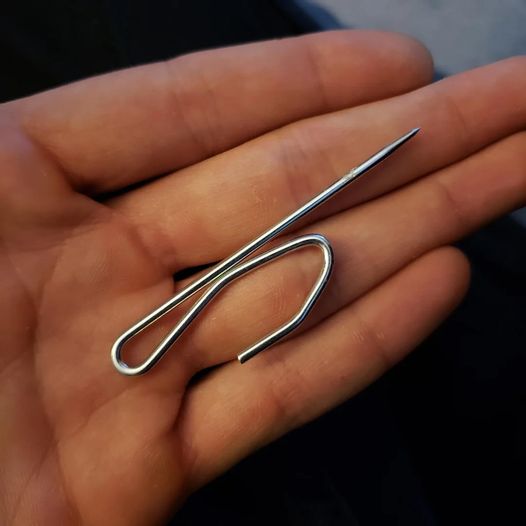In the soft, warm light of a 1970s living room, where the earthy tones of the walls meet the bold patterns of the shag carpet, a slender, metal object finds its home. Slipped from the sleeve of a vinyl record, it whispers stories of sunny afternoons with curtains billowing in the gentle breeze of an open window. This object, a simple curtain hook, is a humble but essential character in the play of domestic life.
Think back to the time when windows were dressed in their Sunday best—pleated curtains hung with pride, framing views of suburban bliss or the gritty charm of city life. The curtain hook, an unnoticed hero, worked silently behind the scenes. Its sleek form, an embodiment of functional design, allowed the fabric to drape in elegant folds, creating a dance of light and shadow in the rooms where families laughed, cried, and loved.
But how easily such everyday items slip into the realm of memories, nestled between the pages of an era that celebrated both the outlandish and the ordinary. The once ubiquitous curtain hook, now often replaced by more modern mechanisms, reminds us of the meticulous care with which homes were tended to—a time when even the smallest detail was a testament to the homeowner’s taste and attentiveness.To hold one now is to touch a piece of the past, to be transported to the days when music from a vinyl record would set the stage for an evening’s escape. The curtain hook, having escaped its fabric confines, now prompts a tender smile for those who remember and a flicker of curiosity for those who have never known its purpose. It’s not just a piece of metal; it’s a thread in the tapestry of a bygone lifestyle, a silent custodian of the days when time moved a little slower, and the small things weren’t so small after all.






